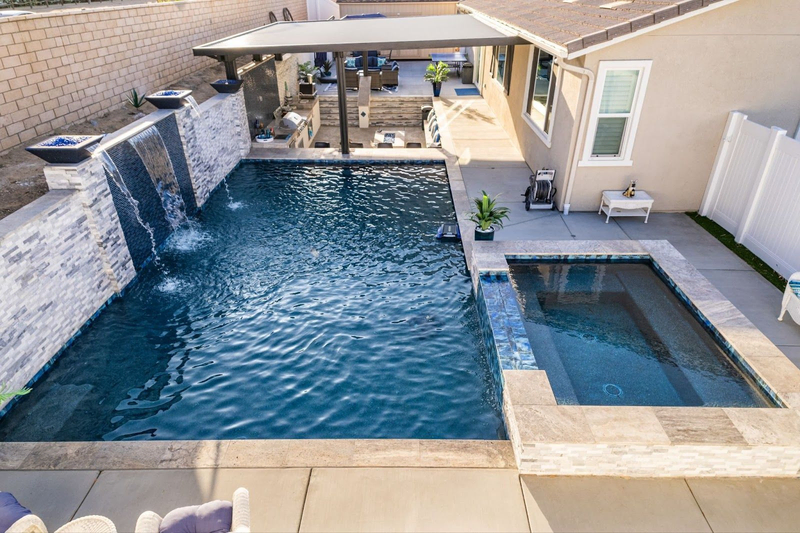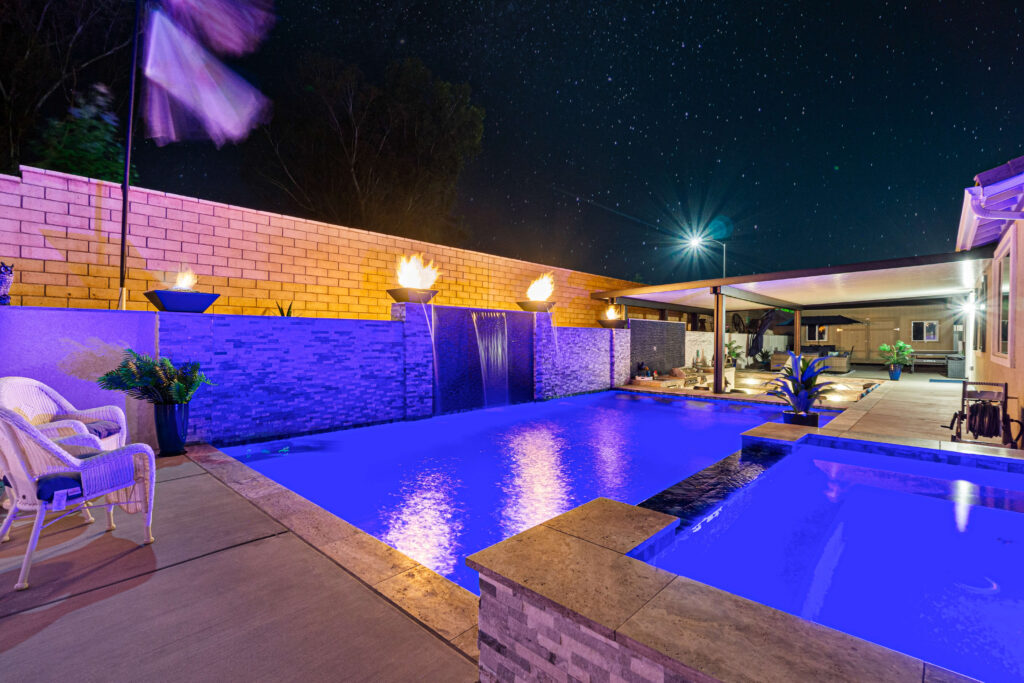Deciding to build a pool is exciting, but the process can feel overwhelming if you don’t know what to expect. From initial planning to that first splash, pool construction involves multiple phases, countless decisions, and coordination between various professionals.
Understanding the complete process helps you make informed choices, set realistic expectations, and avoid costly mistakes. Whether you’re dreaming of a simple lap pool or an elaborate backyard resort, knowing what lies ahead prepares you for a smoother construction experience.
Planning Your Pool Project
The planning phase sets the foundation for your entire project. This is when you’ll define your vision, establish your budget, and make critical decisions that affect everything from construction timeline to ongoing maintenance costs.
Start by evaluating your available space and how you’ll actually use the pool. Families with young children have different needs than empty nesters looking for exercise and relaxation. Exploring various backyard pool ideas helps you visualize possibilities while considering practical limitations like sun exposure, drainage, budget allocation, local regulations, and property assessment for soil conditions. Understanding construction timelines helps you plan accordingly and avoid frustration when approvals take longer than expected.

Excavation and Structural Work
Excavation marks the visible beginning of your pool construction. Heavy machinery removes soil to create the pool cavity, following precise measurements from your approved plans. This phase typically takes one to three days depending on pool size, soil conditions, and site accessibility.
Once excavation is complete, the structural framework goes in. Steel reinforcement bars, or rebar, are carefully placed and tied together to create a cage that will be encased in concrete. This steel structure provides the tensile strength that prevents cracking and structural failure.
Plumbing and Electrical Installation
With the structural framework in place, plumbing and electrical systems are installed. This phase is crucial because these systems will be permanently embedded in concrete, making corrections after the fact extremely expensive.
Plumbing includes main drains, return lines, skimmer connections, and any special features like waterfalls or spa jets. Proper hydraulic design ensures adequate circulation, efficient heating, and optimal chemical distribution. Electrical work covers lighting, equipment power, control systems, and safety bonding that prevents electrical hazards. All work must meet strict code requirements for wet locations.

Concrete Application and Curing
The shell application is one of the most critical phases in swimming pool installation. Shotcrete or gunite, a mixture of cement, sand, and water, is pneumatically applied over the steel framework at high velocity. This creates a dense, strong shell that forms the actual pool structure.
Application requires skilled crews who work quickly to ensure proper adhesion and uniform thickness. After application, the shell needs adequate curing time, typically 7-28 days depending on weather conditions, to prevent cracking and ensure proper strength development.
Tile, Coping, and Finish Selection
Once the shell has cured, attention turns to finishes that define your pool’s appearance and feel. Tile selection goes beyond aesthetics, it affects cleaning ease and long-term maintenance. Waterline tile prevents staining from body oils and sunscreen while providing a visual accent.
Coping, the cap material around the pool edge, serves both functional and aesthetic purposes. It provides a finished edge and offers a comfortable grip for swimmers. Material options include natural stone, concrete pavers, or cast concrete. Interior finish options range from traditional plaster to aggregate finishes, tile, or specialized coatings, each affecting appearance, texture, and maintenance for years to come.
Decking and Equipment Installation
Pool decking transforms your pool into an integrated outdoor living space. Decking material should complement your home’s architecture while providing safe, comfortable surfaces that can handle wet foot traffic and pool chemicals. Material options include concrete, pavers, natural stone, or stamped concrete.
With structural work complete, pool equipment gets installed and connected. This includes pumps, filters, heaters, automation systems, and any special features. Professional pool construction ensures proper equipment placement that balances accessibility for service with aesthetic considerations. Once installed, the pool gets filled and the startup process begins with initial chemical balancing and system testing.
Landscaping and Final Touches
Landscaping completes the transformation, integrating your new pool into the overall landscape design. Strategic plantings provide privacy, shade, and visual interest while considering maintenance factors like leaf drop and root growth near pool structures.
Final touches might include outdoor lighting, furniture, shade structures, or outdoor kitchens that extend your outdoor living capabilities. Incorporating smart pool design tips during this phase ensures your outdoor space functions beautifully for years to come.
Ready to Start Your Pool Journey?
Building a pool is a significant investment that pays dividends in family enjoyment, property value, and lifestyle enhancement. Understanding the complete process helps you work effectively with your builder, make informed decisions, and maintain realistic expectations throughout construction.
Every property presents unique opportunities and challenges. Working with experienced professionals who understand these variables ensures your project stays on track and delivers the results you envision. Explore our comprehensive design services to begin transforming your backyard into the perfect outdoor retreat.
